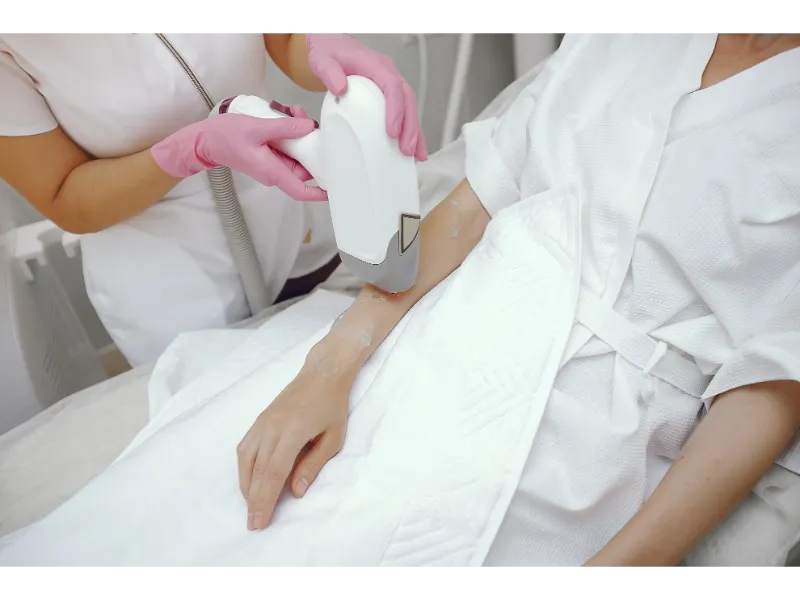Thigh Lift Surgery
Thigh Lift
After a patient gets bariatric surgery more often than not they will be subject to excess skin and flabby skin in the exact places they didn’t want to have them. The thigh area is a common area in which many people find they will have excess skin from surgery. A thigh lift can help with this problem and can make people feel even better about their bodies knowing that not only have they lost weight but they look great too.
What Thigh Lift Surgery is all About
Many people who have undergone weight loss surgery to get rid of excess weight or improve their health battle with the excess skin. One of the most difficult places to lose weight is the thigh area. As a result bariatric surgery leaves patients feeling hundreds of pounds lighter but also with unwanted excess skin in the thigh area.
The main purpose of a thigh life is to help re-shape or mold the thighs in such a way that they are proportioned to a person’s abdomen, buttocks, and legs. When looking at a person who has had a thigh lift there is a distinct fold separating the buttock and thigh. The front should look smoother and should highlight the muscles in the thigh area. After this surgery the inner thigh should be firm and flat.
Different Types of Thigh Lifts
There are several different types of thigh lifts that an individual can get. The difference between each of these is the type of incision the surgeon will make to get the job done.
- Vertical Thighplasty: During this procedure, a surgeon will begin their incision at the groin area which extends to the inner side of the knee. A piece of skin is then removed from the inner thigh area which may show visible scarring once healed.
- Inner Thigh Lift: This is the most popular type of thigh life surgeries. This type of surgery is for the inner thigh and is ideal for those who have a moderate amount of excess fat and skin that needs to be removed. The incision is made inside the fold of the groin and then lifts and tightens the skin.
- Outer Thigh Lift: This type of surgery is a type of thigh lift that involves an incision made from around the hip area to the groin.
- Spiral Thighplasty: This is a significantly new thigh lift procedure. This type of thigh lift will reshape the back, front, outer, and inner thigh area. During this procedure the incision is made just below the buttocks and extends to the crease of the groin area. This surgery is typically done on those individuals that need a massive amount of skin and fat removed from this area.
What a Thigh Lift Procedure Entails
Regardless of what type of procedure you choose the basic elements are the same. The procedure is done with general anesthesia where you will not be conscious and at times can be done where the patient is conscious but sedated. The incisions for the specific procedure you wish to have are made and is followed by the lifting of the skin or an excision. During the surgery support stitches are placed deeply inside the incision areas that helps in supporting and forming the shape of your thigh. Depending on the type of procedure you have and the response your body has to the procedure hospital time will vary.
Risks of a Thigh Lift
The risks of a thigh lift are the same as any other type of surgical procedure. There could be internal bleeding, scarring, infection, improper healing of the wound site, and accumulation of fluid around the incision. Some other risks include numbness in the surgical area, blood clots, dying fat tissue, skin discoloration, and negative responses to anesthesia. Some of the more significant risks include persistent pain, major separation at the wound site, and skin loosening around the area.
Before considering to have a thigh lift it is important to talk to your doctor in length and do research on potential surgeons. Learn everything you can about the procedure before scheduling a consultation. Figure out exactly what you want so that it is clearly presented to the doctor. Keep a positive attitude as many are unhappy with the final results. Remember, healing time may vary; be patient and once the incision(s) has begun to heal you will start seeing your desired results.










